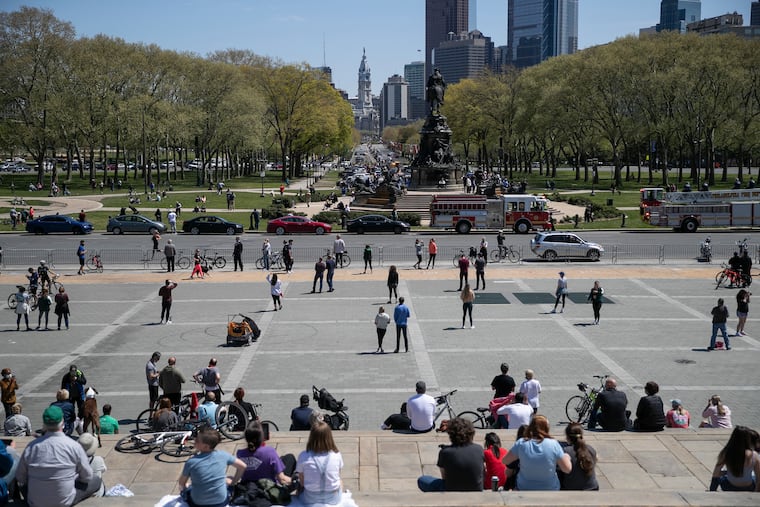Warm weather draws risky crowds to parks. Here’s how Philly can make them safer. | Opinion
The city can regulate entrance at popular parks and open key streets to pedestrians to create safe green space.

The city can regulate entrance at popular parks and open key streets to pedestrians to create safe green space.
